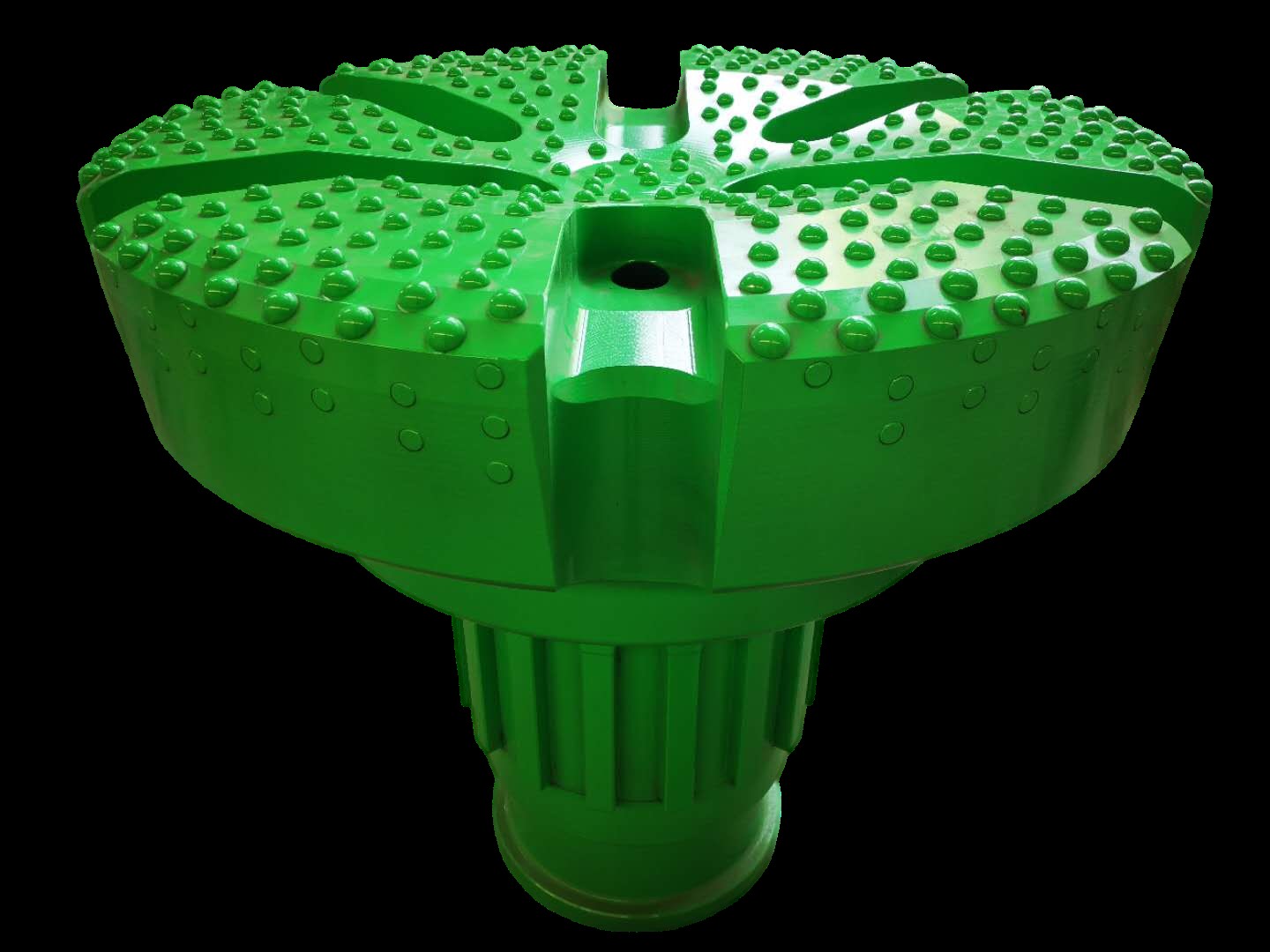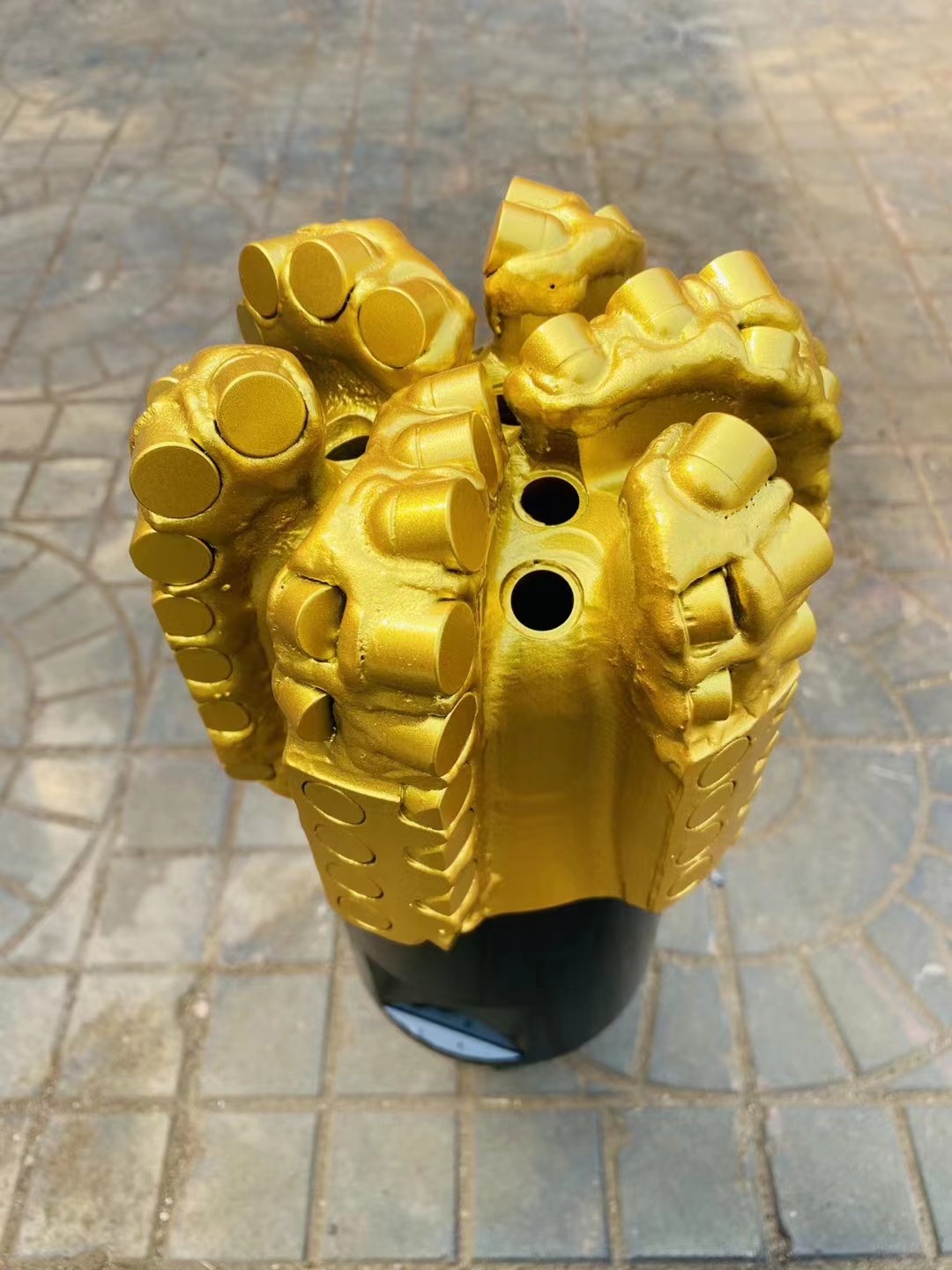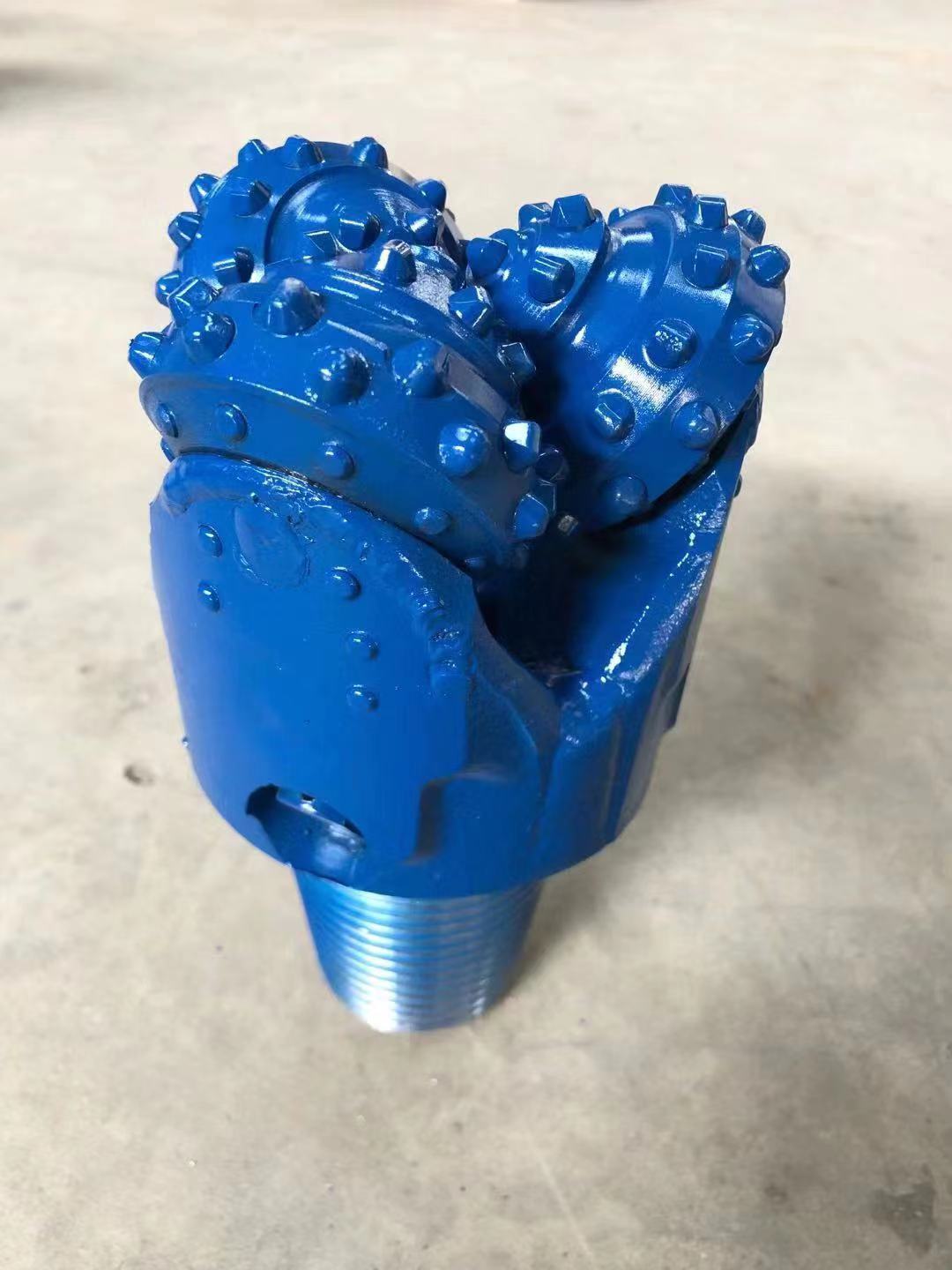28
2025
-
03
selection between Down-The-Hole Hammer (DTH) and Roller Cone Bit



In natural gas drilling, the selection between Down-The-Hole Hammer (DTH) and Roller Cone Bit primarily depends on **formation lithology, drilling method, cost-effectiveness**, and **operational objectives**. Below is a comparison of the two and their typical applications:
1. Down-The-Hole Hammer (DTH)
Working Principle:
Uses high-pressure gas (air/nitrogen) to drive a piston that impacts the drill bit, breaking rock through a combination of **impact + rotation**.
Advantages:
High Efficiency in Hard Rock: Fast drilling speed in hard, brittle formations like granite and basalt (2–3 times faster than roller cone bits).
Low Reservoir Damage: Gas circulation minimizes liquid invasion (suitable for low-pressure or tight reservoirs).
Directional Flexibility: Effective for vertical wells or shallow directional wells.
Disadvantages:
Gas Dependency: Requires air compressors or nitrogen generators, increasing costs.
Depth Limitations: Best for shallow to medium-depth wells (<3,000 meters); gas circulation efficiency declines in deep wells.
Unsuitable for Soft Formations: Prone to bit balling in shale or mudstone.
Typical Application:
Shallow gas drilling in tight gas or shale gas (e.g., air,foam drilling).
Exploration wells or surface drilling in hard rock (e.g., gravel layers, igneous rock).
Water-scarce regions: No liquid circulation required.
2. Roller Cone Bit
Working Principle:
Rotating cones crush and shear rock via rolling and compression.
Advantages:
Versatility: Adaptable to soft-to-hard formations (adjustable tooth/design and bearing types).
Deep-Well Compatibility: Suitable for deep wells (>3,000 meters) and high-temperature/high-pressure (HTHP) environments.
Cost-Effective: Lower upfront costs, mature technology, and simple integration (e.g., mud drilling).
Disadvantages:
Low Efficiency in Hard Rock: Rapid wear in extremely hard formations, requiring frequent replacements.
Reservoir Damage Risk: Mud circulation may clog pores (requires optimized drilling fluid).
Directional Challenges: Less precise control in horizontal wells compared to PDC bits or DTH.
Typical Applications:
Conventional vertical gas wells: Rotary drilling in medium-hard formations (sandstone, mudstone).
Deep gas reservoirs: Paired with high-density mud to balance formation pressure.
Complex formations: Interbedded or fractured zones (enhanced stability via tooth design).
3. Additional Notes
PDC Bits: In natural gas drilling, Polycrystalline Diamond Compact (PDC) bits are also widely used, especially in shale gas horizontal wells, offering superior wear resistance and continuous cutting.
Hybrid Use: Different bits may be used in stages, e.g.:
DTH for hard surface layers, switching to roller cone bits in softer deeper formations.
PDC bits in horizontal sections, roller cone bits in vertical sections.
DTH Hammer: Prioritized for hard rock, gas drilling, shallow/low-pressure reservoirs, emphasizing speed and reservoir protection.
Roller Cone Bit: Better suited for conventional mud drilling, deep wells, soft-to-medium-hard formations, balancing cost and adaptability.
Key Decision Drivers: Formation hardness, drilling fluid type, well depth, budget. Final selection should integrate logging data, offset well experience, and real-time drilling parameters.
Zhuzhou Zhongge Cemented Carbide Co., Ltd.
LisätäNo 1099, Pearl River North Road, Tianyuanin alue, Zhuzhou, Hunan
LÄHETÄ MEILLE POSTIA
TEKIJÄNOIKEUDET :Zhuzhou Zhongge Cemented Carbide Co., Ltd. Sitemap XML Privacy policy














